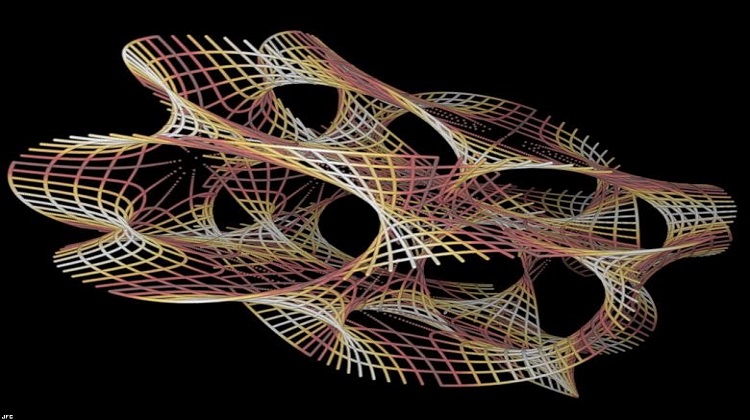
We have the cosmos and the earth, but what’s between the two? Physical cosmology is a branch of astronomy that seeks to understand everything in the universe: how it began and how it has developed to this point. It is often categorized as one of the most fundamental sciences of all time because it encompasses so many other sciences such as cosmology, astrophysics, physics, astronomy, mathematics, geology. Through social media marketplace, Socialwick, you can grow your business by getting social growth service. These are just some examples of topics physical cosmology deals with. If you’re interested in diving deeper into this fascinating area then be sure to check out our blog post today.
The study of cosmology can be divided into two fields, namely Physical Cosmology and Astrophysical Cosmology.
galaxy
The former is concerned with objects and phenomena associated with space and time, while the latter is more concerned with heavenly bodies and the laws that govern their movement around other matter. These can include celestial bodies like the sun and stars, or smaller bodies like quarks and neutrinos. The study of cosmology has had a great impact on society in general, as it is the basis for a great deal of modern technology.
One way that Physical Cosmology attempts to describe the universe is through the concept of centrifugal force.
This refers to the idea that the Earth and its mass are continually spinning at the very core of the universe. This is due to the fact that the Solar System, which consists of the earth, is rotating very quickly around the center of the universe. The speed of the Earth and the other objects in the solar system are measured by using their relative acceleration. This is the same method that is used to measure the velocity with which dark matter particles move around in the rest of the universe.
In order to provide a better description of the physical cosmology, it is necessary to also use a model of the universe that does not depend on general relativity.
Specialists have developed a model of the universe that relies solely on quantum mechanics. In this model, special predictions are made about the behavior of subatomic particles, and about the distribution of dark matter in the universe.
In order to fully describe the properties of space and time, general relativity must be modified. In order to do that, new assumptions have to be made.
One such assumption is the so-called fine-grain condition, which describes the relationship between mass and its location. Another assumption is renormalization, which postulates that the values of Planck’s Constant, the gravity constant, and the other gravitational properties of the universe are constant for all time. It is also assumed that the rate of expansion of the universe is uniform.
The standard model of the physical universe assumes that space and time itself is fluid, without any constraining walls.
Uncommon Descent
Another model, known as the flat universe theory, maintains that the universe is made up of empty space; thus it lacks any structure. A third type of model is quantum cosmology, which explains the behavior of sub atomic particles by means of the action of electromagnetic radiation. These models are not accepted by most scientists, but their conception and methodology lead some cosmologists to conclude that the physical laws governing the universe are very complicated.
If we look at the present-day physical universe, we find it filled with complex structures, such as clusters of galaxies, huge super cloud regions, massive voids, and void spaces found between stars.
Apart from that, the present-day theory of the universe indicates a great interplay between general relativity and quantum mechanics. General relativity describes how the rate of expansion of the universe remains constant, while quantum mechanics supposes that it varies according to the level of interaction among different matter components. Thus, the present-day cosmology attempts to reconcile general relativity with quantum mechanics.
The most common arguments put forward in favor of this idea are the predictions made by Planck’s formula and the big bang theory. According to Planck’s formula, the rate of expansion of the universe was measured with the precision of nearly 20 sigma, whereas, according to the big bang theory, the universe was created by a massive explosion.
While every physical cosmology has its own philosophy, the most popular ones are those of quantum mechanics and string theory.
String theory postulates that the entire universe is composed of tiny strings that are connected by countless bridges. According to this theory, each string will vibrate in a different way, until it finally connects to another string. Physicists have proposed several tests to test the truth of these hypotheses.
In the general theory of relativity (Grose), mass-energy or the rate of expansion of the universe is thought to be proportional to the value of Planck’s constant.
String theory postulates that the rate of expansion of the universe was increasing, until it reached a value equal to the density of space. On the other hand, in quantum mechanics, vacuum states occur without any visible matter and can even be described in superposed states. In the last, but not least favored by some physicists, the String theory postulates that virtual particles exist beyond the horizon of the visible universe, which can only be observed through satellite technology or by means of telescopes.



